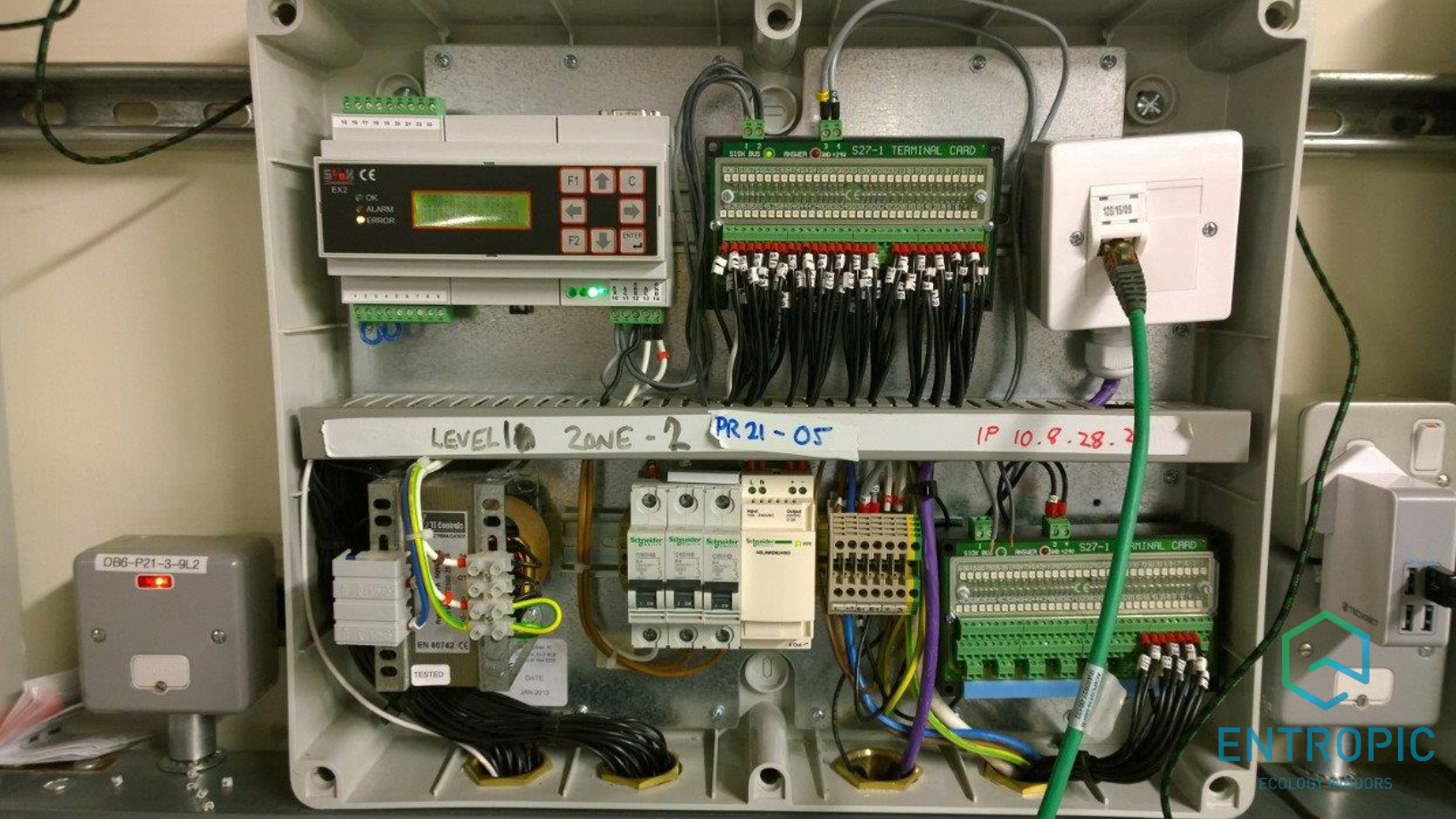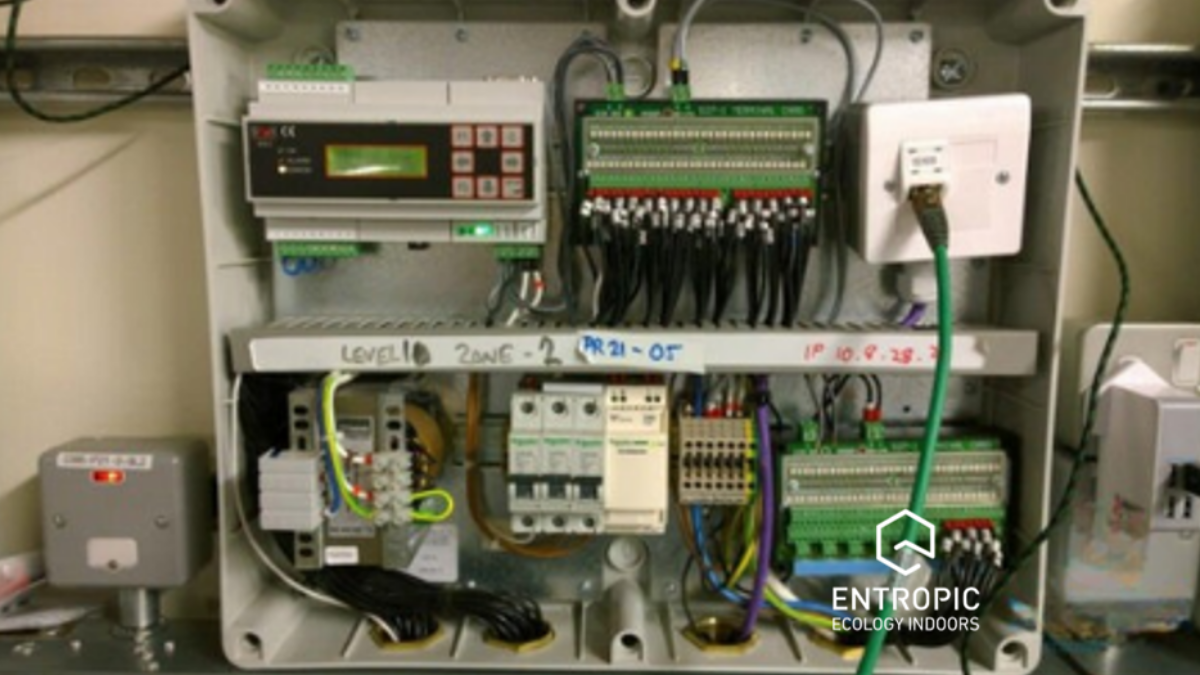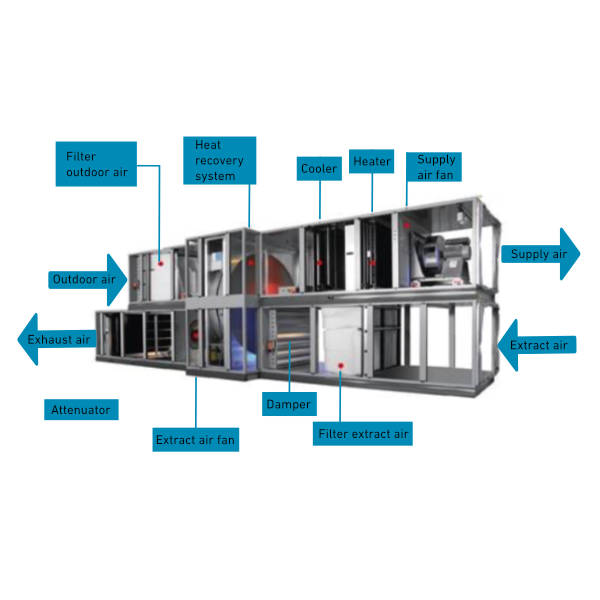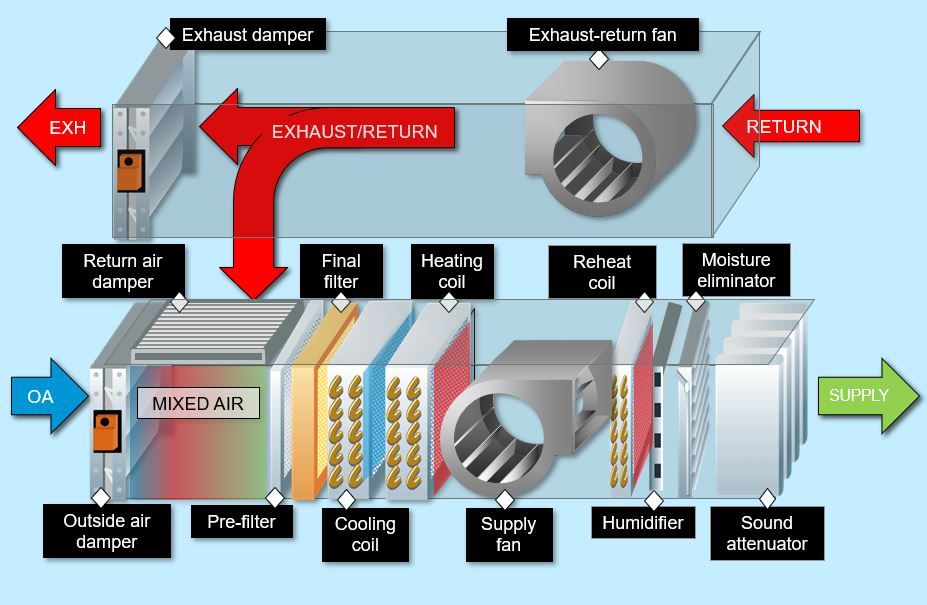What is the difference between smoke dampers and fire dampers
What is the difference between smoke dampers and fire dampers

A question that seems to come up a lot in the fire alarm install and design world. The definition of a damper is “A person or thing that damps or depresses”. In other words it is a plate that is placed within the duct work of an HVAC system to regulate or in some cases stop air flow.
What is the difference between smoke dampers and fire dampers?
In the fire safety side we are more concerned with the terms “Fire Damper”, “Smoke Damper” or “Combination Smoke Fire Damper”. Whats is the difference? Well it is actually quite simple as we explain below.
Fire dampers
Fire dampers are located in ductwork at the intersection of fire-rated barriers in building zones, like walls or partitions. The damper secures the integrity of the barrier – preventing fire penetration before temperatures reach the fire rating level of the barrier itself. Naturally such dampers are manufactured to high standards of integrity and designed to resist extreme temperatures for as long as possible.
Smoke dampers
Smoke dampers work in a similar manner to preserve the integrity of smoke barriers (e.g. floors, walls or smoke-resistant ceilings) without the same stringent temperature restrictions. They are often located in sensitive areas where smoke penetration would present particular challenges and must be installed with proper seals to prevent smoke leakage.
While methods of operation can be interchangeable, it’s more common for smoke dampers to be motorised and connected to a control panel. This means smoke detectors and controls are responsible for activating the damper, which makes testing for maintenance purposes easier.
Fire dampers would more usually be fitted with mechanical or fusible linkages, which operate under high temperatures and cause the louvres or shutters to shut firm. This method may be considered more ‘failsafe’ as it’s the action of the fire itself that activates the damper, but it means that by the time the damper activates there may already have been significant passage of smoke (which travels so much faster than flames).
Smoke and Fire Dampers
The fire protection plans that are the most effective and efficient consist of detection, suppression and containment. This requires both active and passive fire protection. Active fire protection consists of all systems designed to extinguish a fire once started. It is important to note that active fire protection does not inhibit the spread of smoke and toxic gases which is the leading cause of fire related deaths.
Smoke and fire dampers serve a similar role in that they facilitate occupants escape from the building, reduce property damage, strengthen the active systems effectiveness and enable easier access for fire fighters. Throughout the world fire protection engineers continue to incorporate fire and/or smoke dampers into the many types of modern buildings. Their importance cannot be overemphasised.
Fire protection plans
Most effective fire protection plans include detection, suppression and containment requiring both active and passive fire protection. Active fire protection includes all systems designed to suppress or extinguish fire once it has started, as well as aid in the evacuation of occupants.
These include smoke detectors, building pressurization, fire alarms, sprinklers, exit signs, and evacuation plans. However, active fire protection systems do not prevent the spread of smoke and toxic gases, the leading cause of death from fire. Passive fire protection is designed to prevent smoke, toxic gases, and fire from spreading; and by compartmentalizing fire, passive fire protection systems:
• Strengthen the effectiveness of active systems
• Facilitate occupant evacuation
• Protect property
• Minimize property damage
Compartmentalizing the building with fire-rated separations like fire walls, fire barriers, fire partitions, smoke barriers, and smoke partitions is a critical feature of the system. When penetrating these walls or partitions by the ductwork of the heating, ventilation, or air conditioning (HVAC) system, the integrity of their ratings are sustained by the use of fire dampers, smoke dampers, or combination fire/smoke dampers. These three damper types perform different functions and are installed and maintained differently as well. Knowledge of these differences is imperative to the proper application of the dampers and their performance in the life/safety system.
A fire damper closes once the duct temperature reaches a high enough level to melt a fusible link. A smoke damper closes upon the detection of smoke. The codes have recognized, and most engineers agree, that the best method of compartmentalization is through the use of the combination fire/smoke damper. It closes not only upon high duct temperature but also upon the detection of smoke. The combination fire/smoke damper can ship with override controls to pressurize individual spaces.
Always keep your fire safety up to date if you need help contact us: info@entropic.ie







